Cologne, Germany. The space with white ceiling, white walls, and a white floor, admire the exquisite balance of antique art and modern paintings.
“Kolumba Museum” is a museum in Cologne, Germany. The first thing that comes to my mind in Cologne is the Cologne Cathedral. I have seen many kinds of churches in the world, but this church is unique. The word “eerie” fits in the church, and the pointed shape that pierces into the sky and the building covered with a blackish color keep the dignity. At the same time, I feel weird. The description may be inappropriate, but I personally feel a “devilish” element.
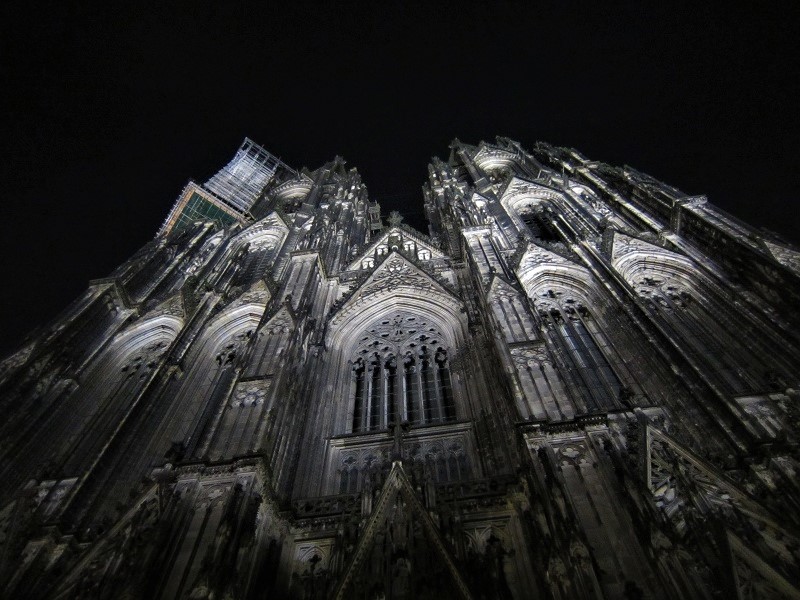
“Kolumba Museum” is a short walk from the main train station in Cologne. I visited without any information in advance, but it was a museum that surprised me beyond my expectations. This is an urban art museum in the city, but it is a large building. The appearance based on white looks like an ordinary office building, but once inside the building, I amazed with its good taste.
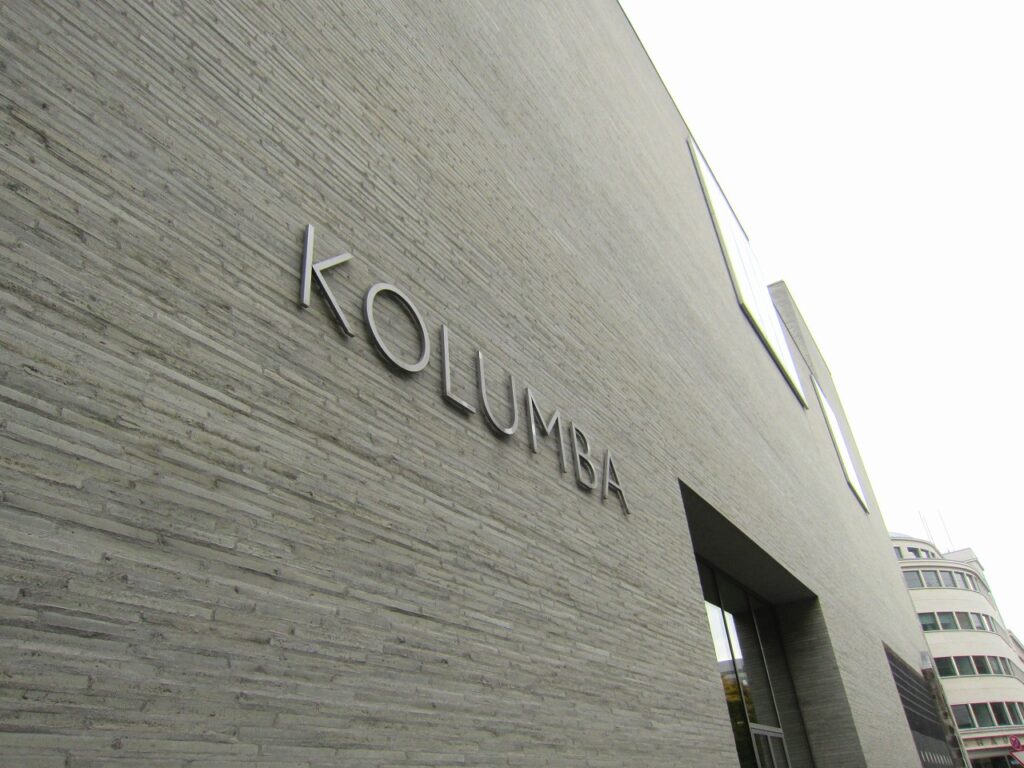
When entered the building and completed the registration, the person on reception gave me a paper booklet. At the time of my visit in 2024, the booklet was 5mm thick and had about 40 pages. As I explain later, I understand that this booklet is the museum’s committment on this museum.
The building has three floors. GF, 1F, 2F. Ruins are at the back of GF on display. There are ruins here that have piled up since the time of the Roman Empire. The church built in the 9th century (according to the booklet’s explanation with questoin mark), and expanded until the 13th century. Then, finally replaced by a new church. Due to this background, the works exhibited at this museum are mainly ones with Christianity in mind.
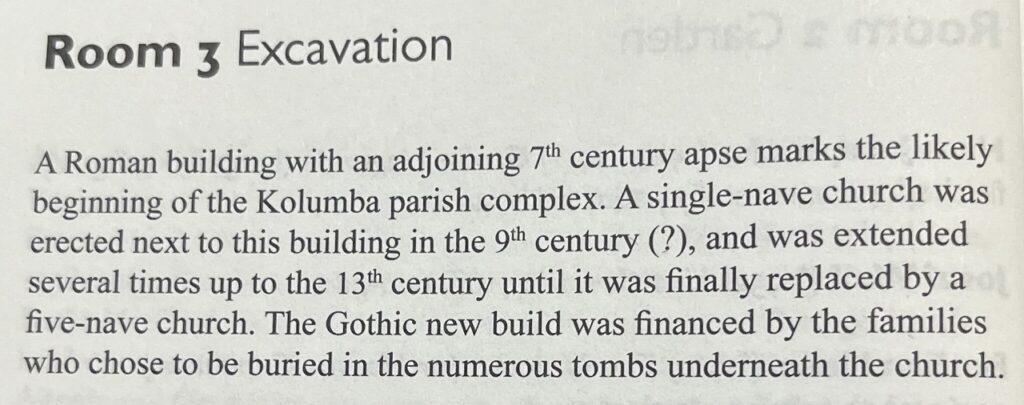
The interior is basically poured concrete, and is somewhat reminiscent of the Chichu Art Museum on Naoshima, Japan. The stairs that lead up to the upper floors make me happy. Along the way, there is a lounge called Reading Room, and I impressed its atmosphere and good taste. I sat down in a chair and relaxing in the luxurious, empty space, it was very relaxing.
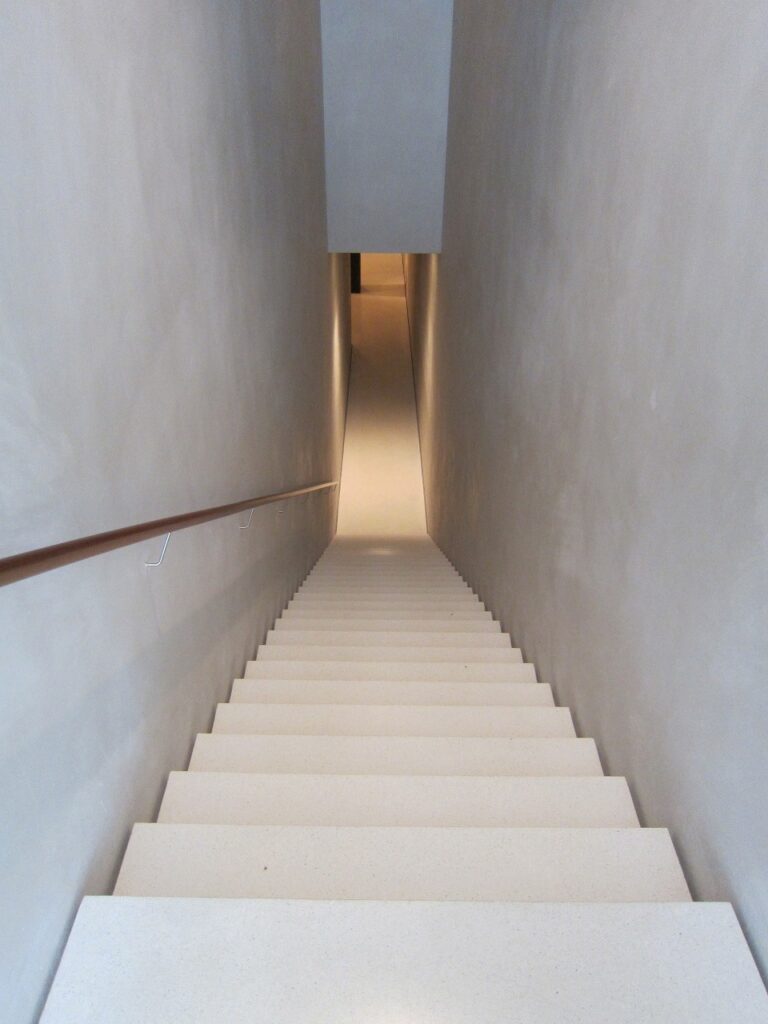
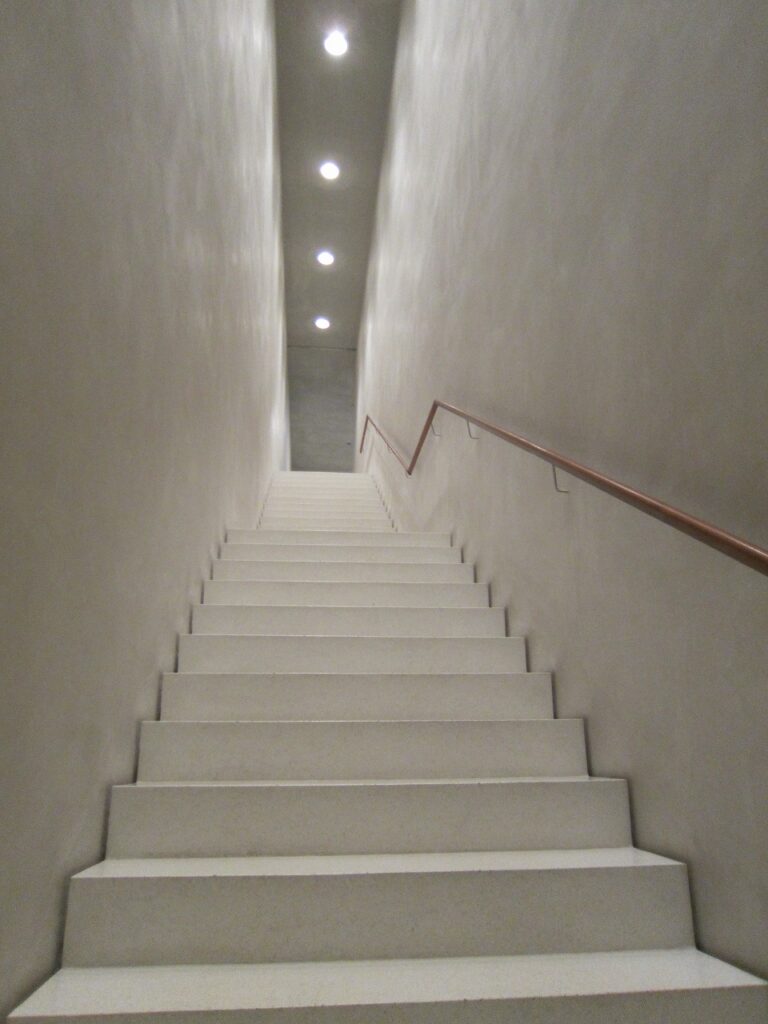
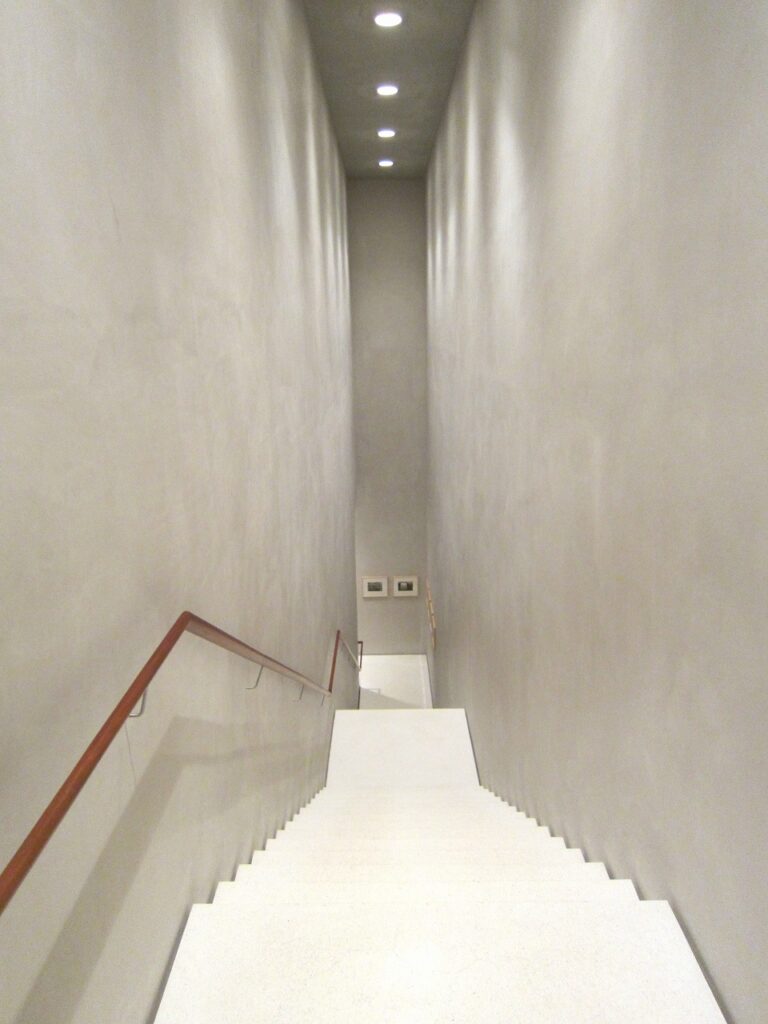
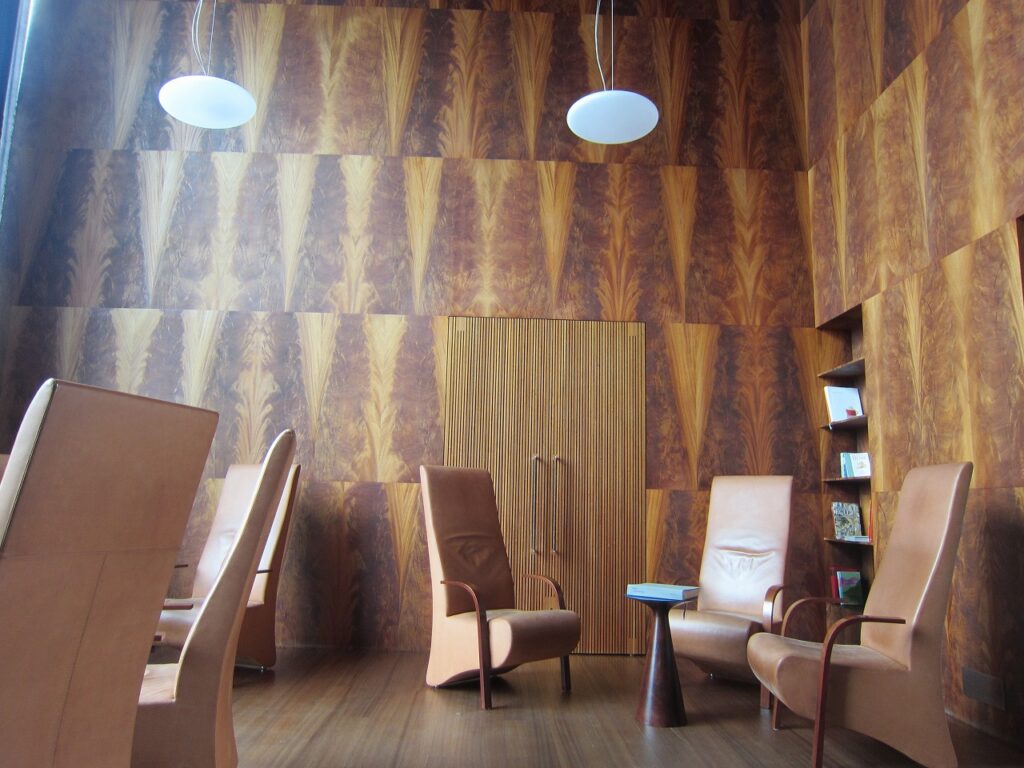
Exhibition rooms locates on the 1st and 2nd floors. The exhibition space on the 2nd floor is small because the height of the ruins in GF reaches 2nd floor, but there are some eye-catching items among the works on display. The works on display are wide-range, including antique art, religious paintings, paintings, installations, and video works.
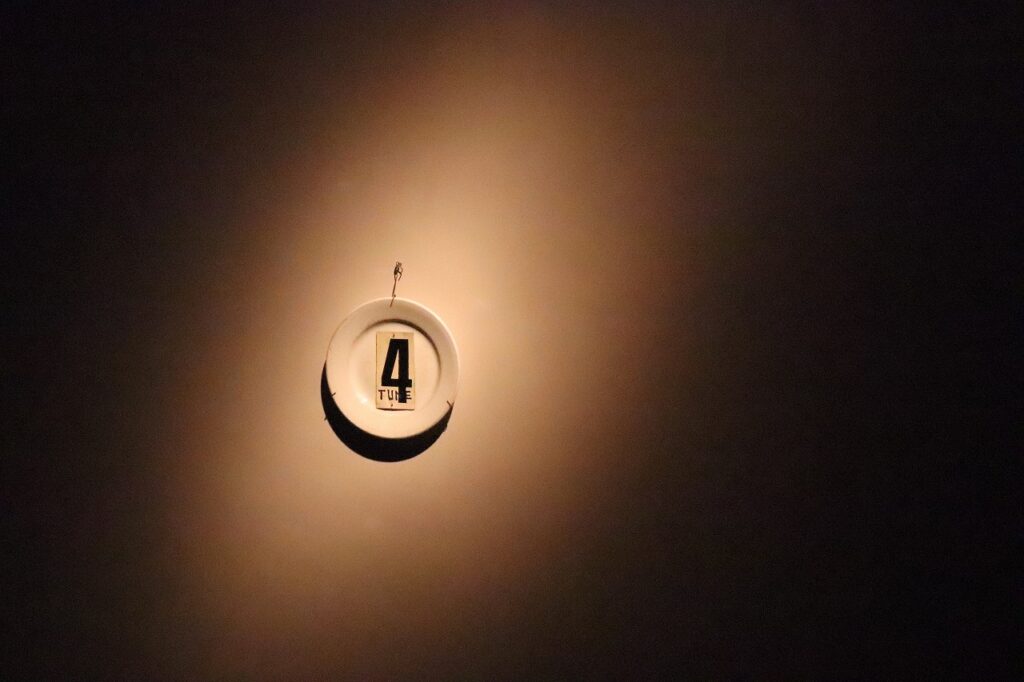
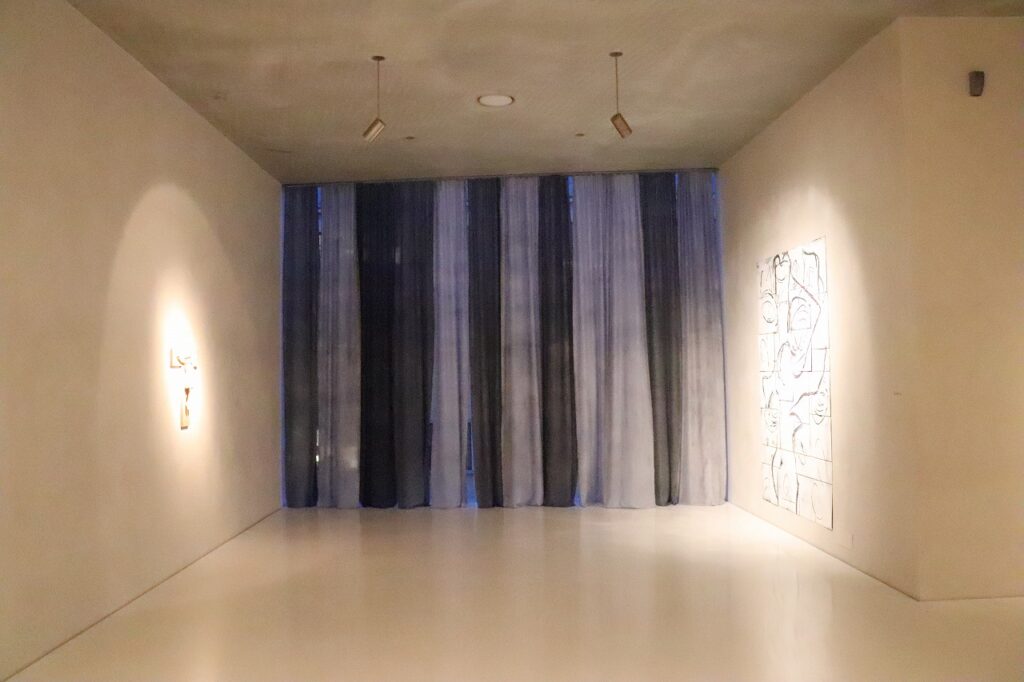
The second floor is the highlight of this museum, and it was a space I had never experienced before. Looking at the booklet, the exhibition rooms and hallway spaces on the second floor are numbered. Since there are #10 to #22, there are 13 exhibition spaces. The space at the very back, where the walls, floor, and ceiling are uniformly white, and where the works are displayed, is a wonderful space that gives a sense of tranquility.
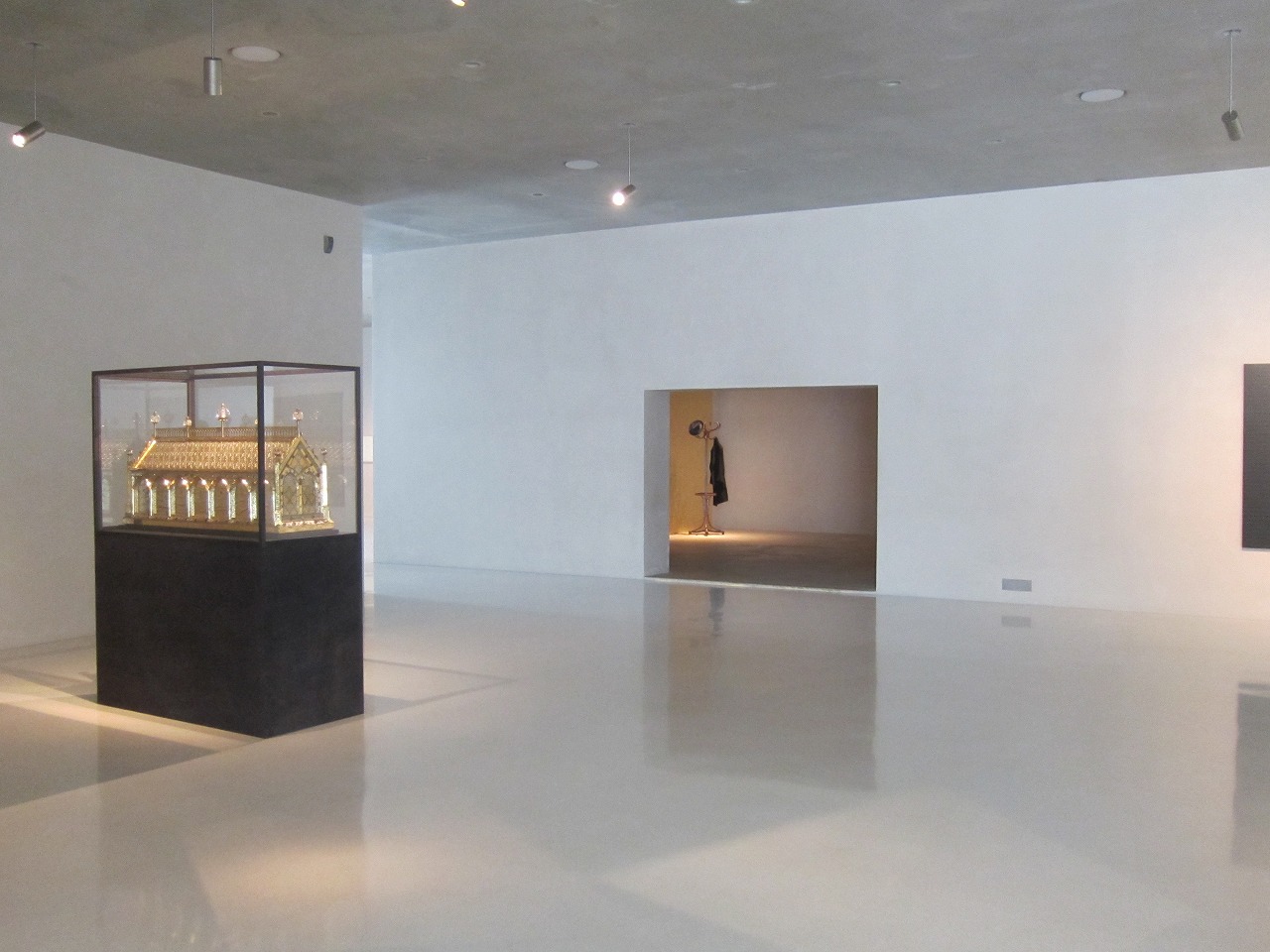
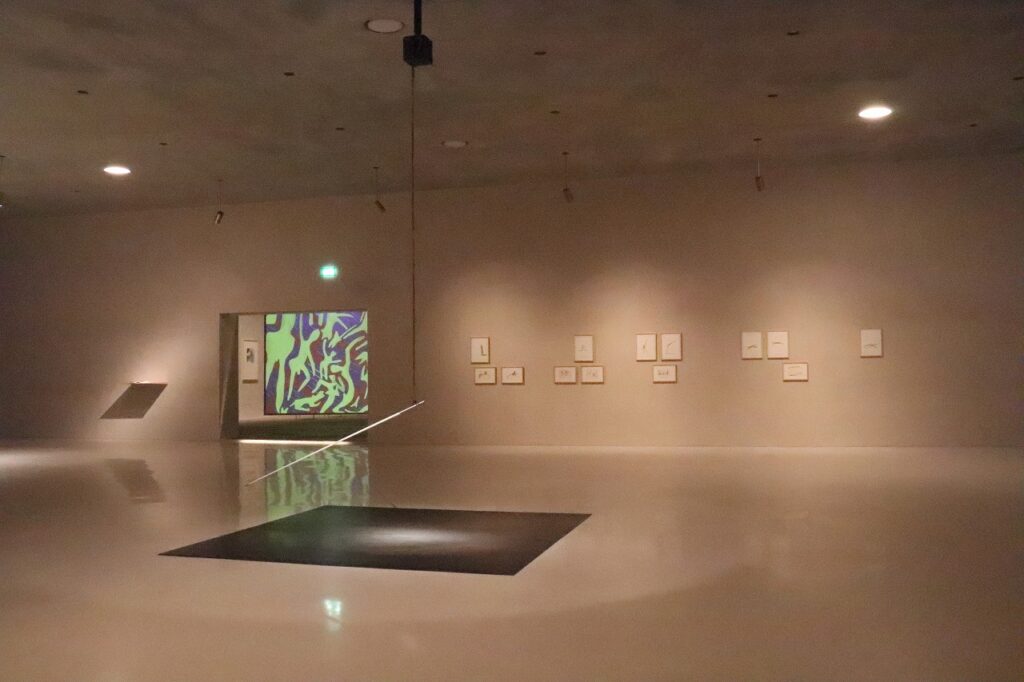
On this 2nd floor, rooms #17, #19, and #21 were wonderful. The height to the ceiling is approximately 10 to 12 meters, the floor space is small, and the exhibition rooms cannot directly access. In other words, it can access through other exhibition rooms. This space design was something to behold.

Exhibition rooms #17 and #19 are especially small. I guess the area is 5mx5m. Works displayed in this space. When I visited in 2024, there were three religious works in room #19, and one modern painting on the wall. I have no idea how to express this good taste precisely, but it was a space I had never seen before.
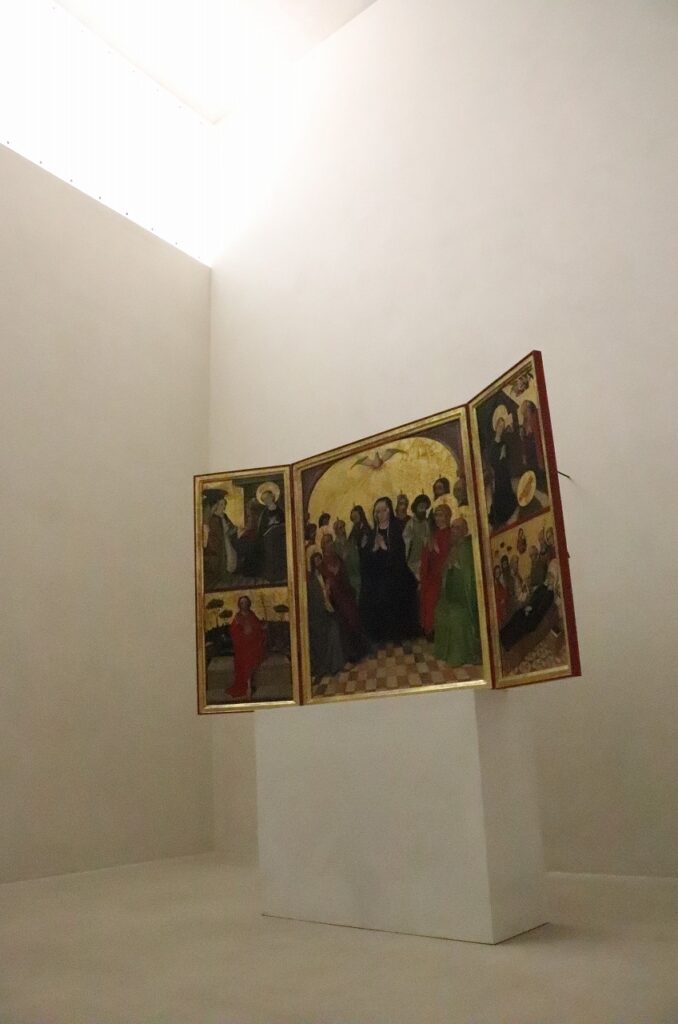
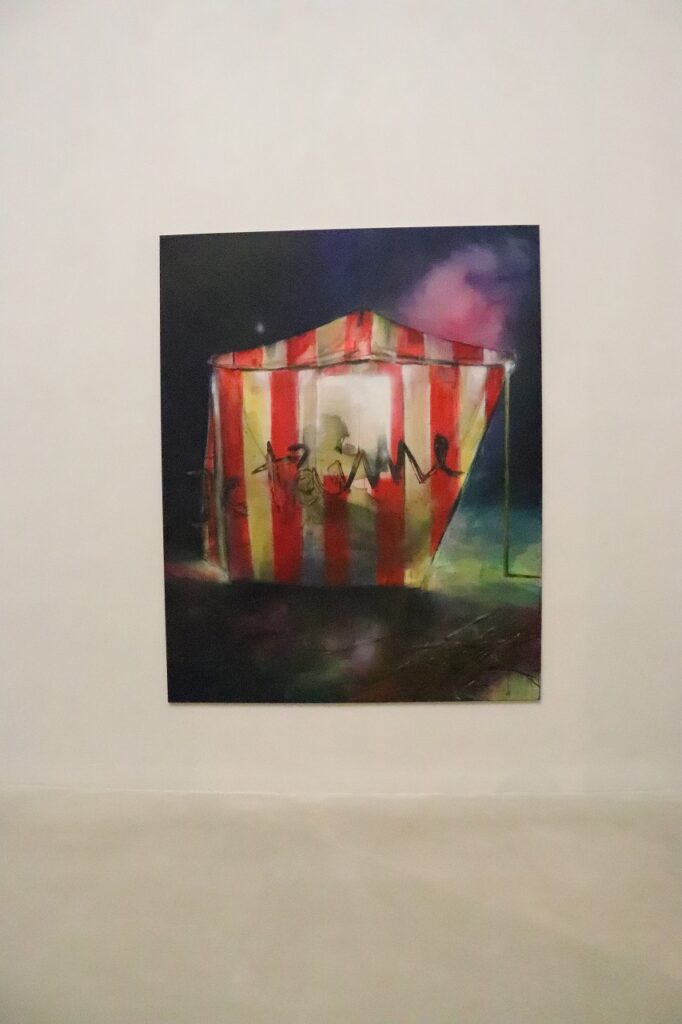
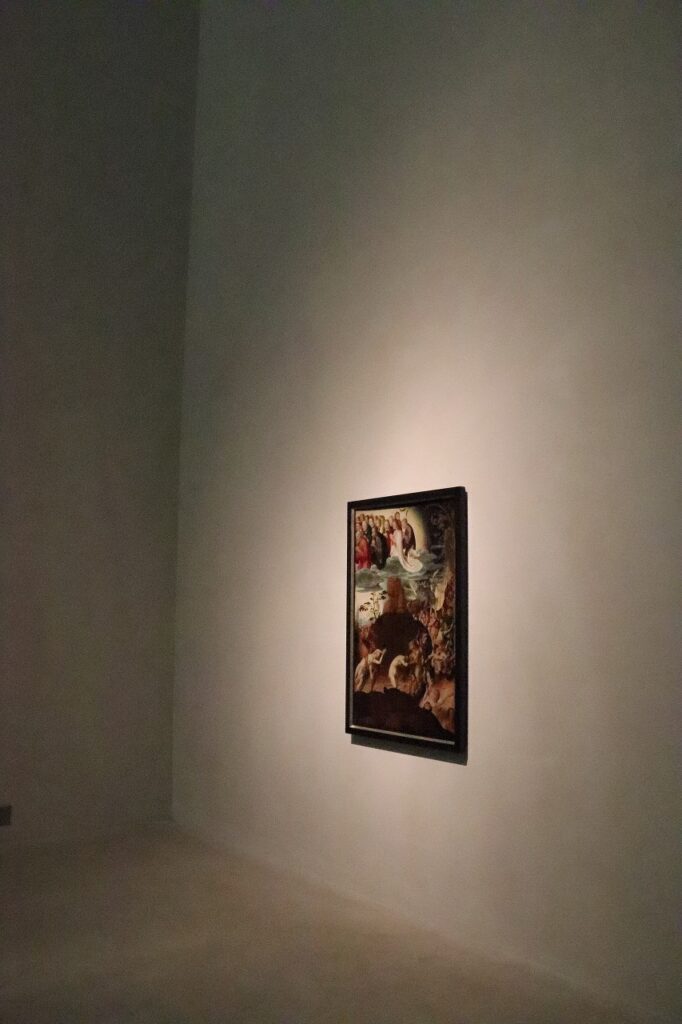
When I visited in 2024, exhibition room #17 exhibited a work with the concept that a weight hanging from the ceiling with a thread orbits a glass placed on the floor, but it almost touches the glass but does not touch it. The room #21 also had a strong impact, with religious and contemporary works juxtaposed.
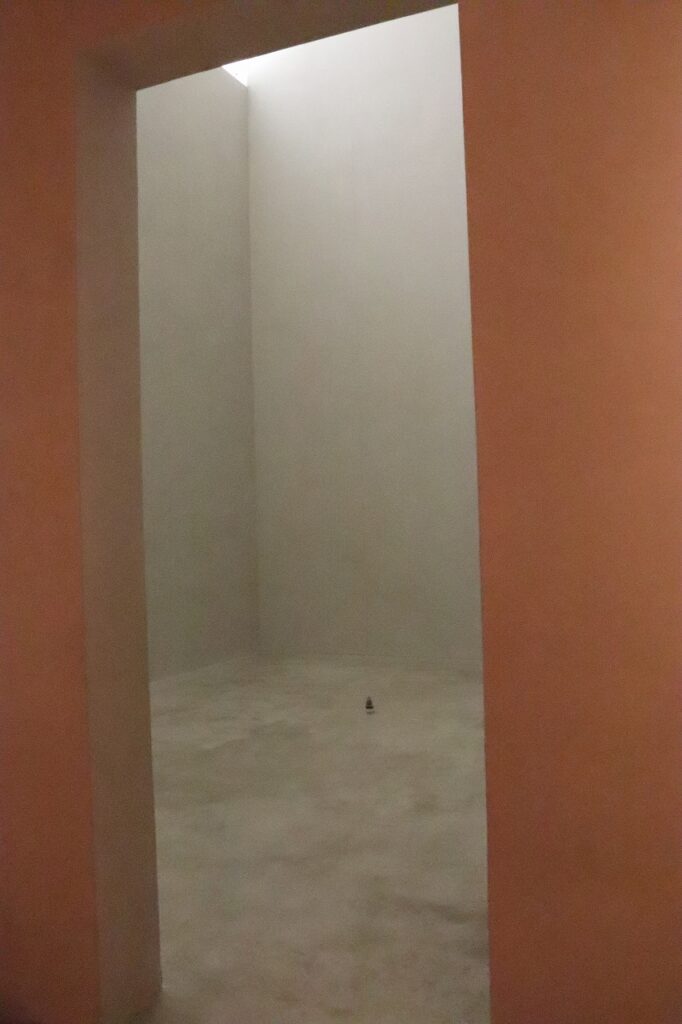
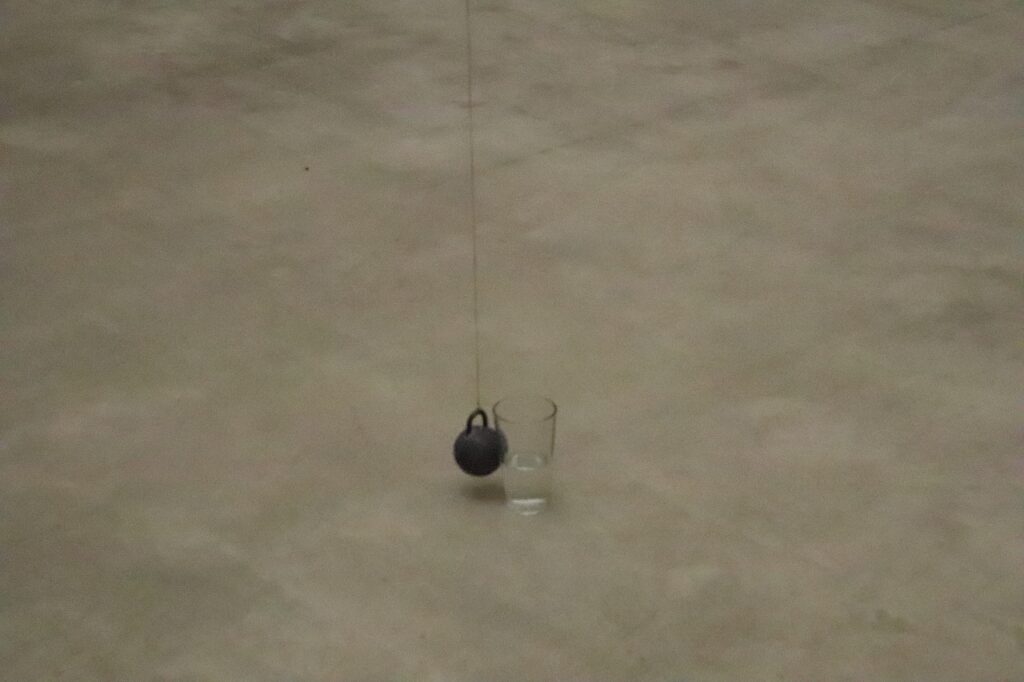
I checked the booklet about the works on display, but the only artist I knew was Andy Warhol. In space #15 on the 2nd floor, there was a painting depicting the cross, and next there were antique cross-shaped items. I amazed at this contrast and the way displayed.
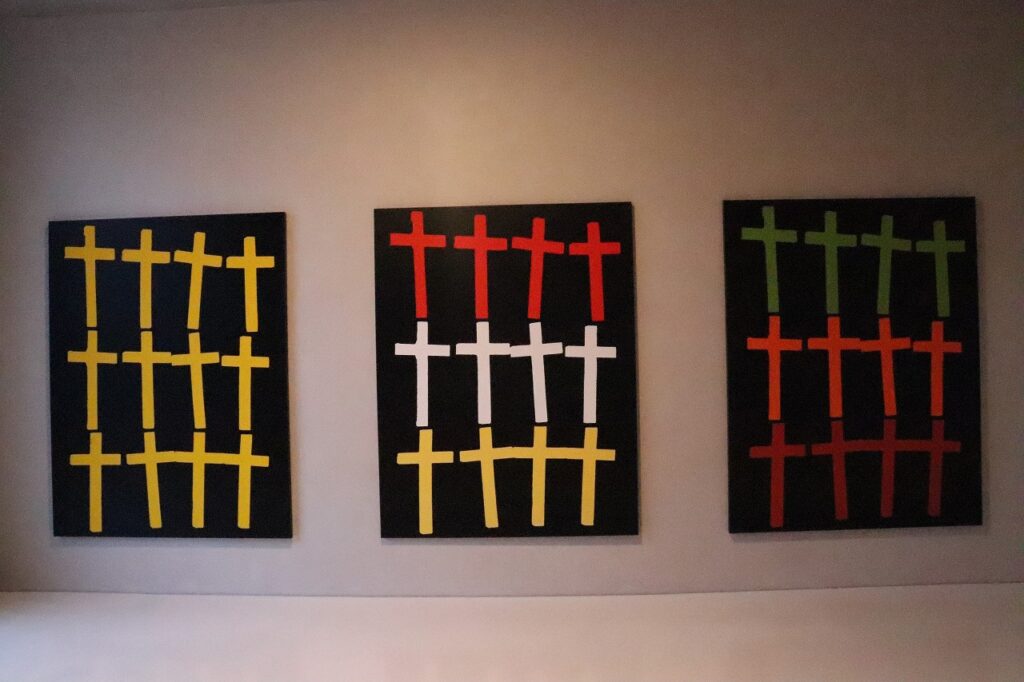
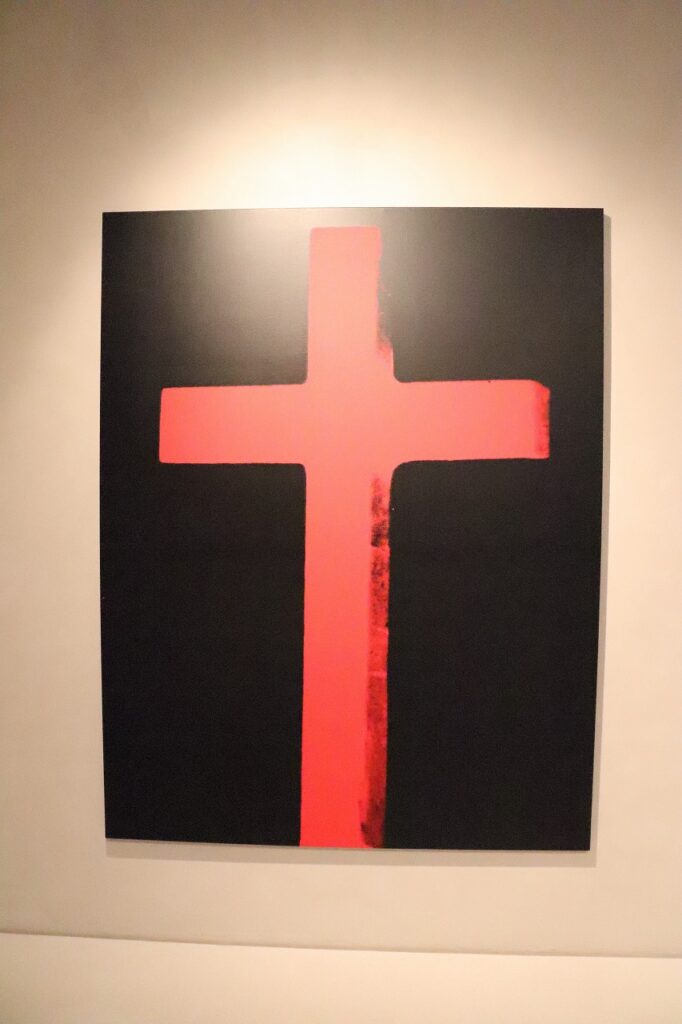
The dimming of the lights inside the museum and the method of displaying a limited number of works in a spacious space make the exhibition space special. Additionally, the booklet mentioned at the beginning is necessary because the exhibits do not have plates with the names of the works and artists written on them. Normally, a plate would be installed, but I am sure that no plate is one of the factors that creates a special space.
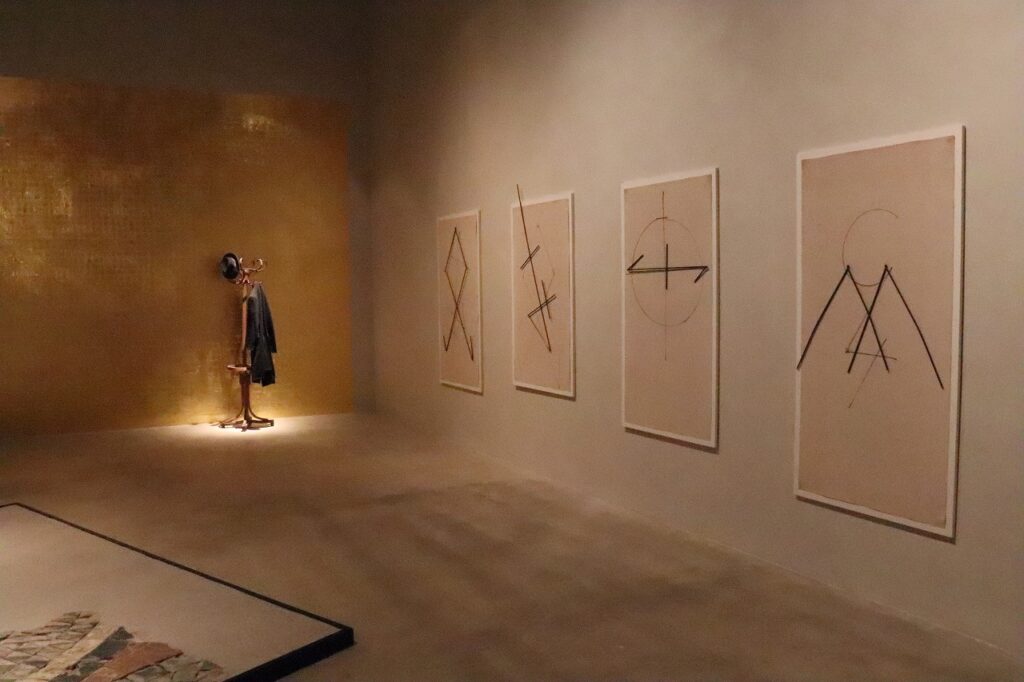
I visited this museum on Sunday. On the way from the central station in Cologne, there were tremendous pedestrians on the street, and I remembered the crowds of “Shibuya” city in Tokyo, Japan. However, this museum has a limited number of visitors when visited. This gap may also be a factor that had an impact on me.
In Cologne there is also the Museum of Contemporary Art; “Ludwig Museum”. This museum had Picasso’s room and many “Andy Warhol” works displayed, but in the novelty point of view, it can be said that the “Kolumba Museum” is at a higher level.
When I visited this “Kolumba Museum”, I felt once again that “white wall”, “white floor” and “white ceiling” are key points as a methodology for creating amazing space in museum. Also, in the exhibition room, I have realized that it is important to “exhibit only a limited number of artworks”. When visiting Cologne, don’t forget to visit not only the “Ludwig Museum” also this “Kolumba Museum”.
After leaving the building, go to the back of the building and find a door where people enter. When I went inside, it was a church. I saw people sitting on chairs in front of the altar, praying, and I remind that this museum built on the site of a church, and therefore its theme is Christianity.
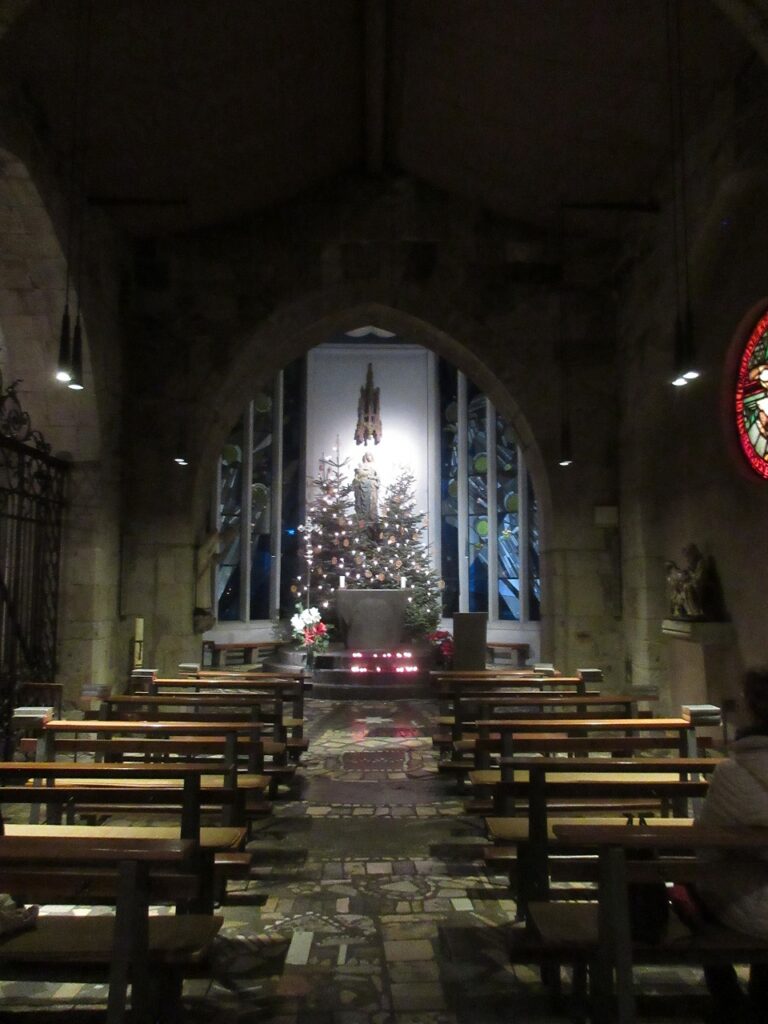
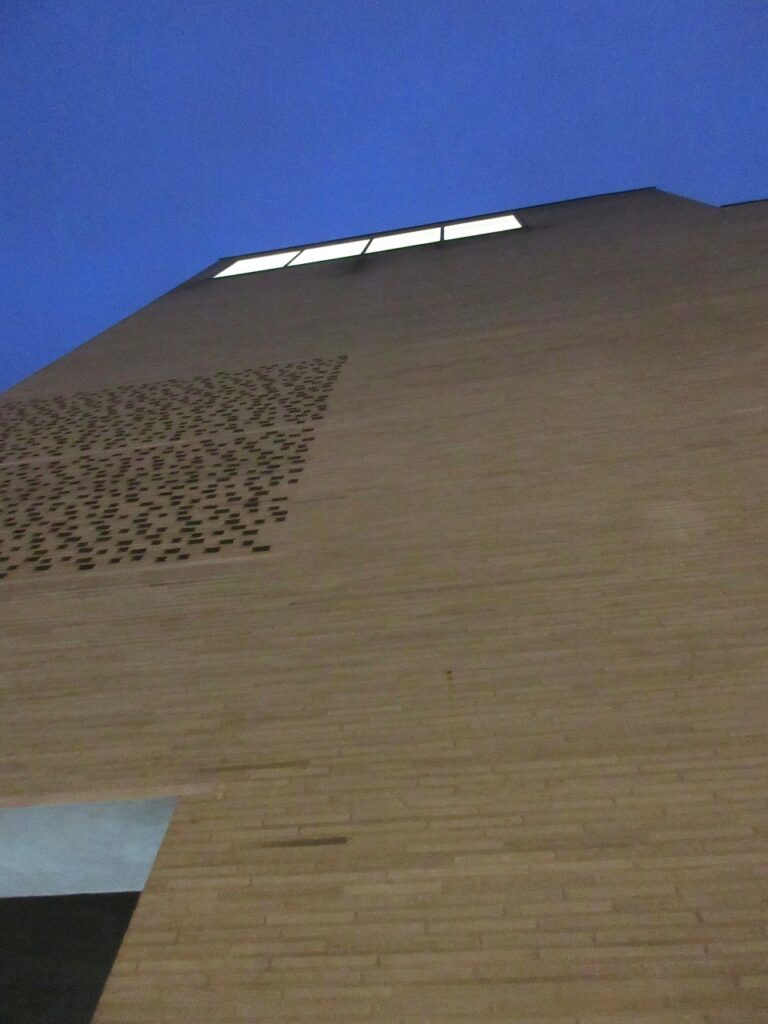
Visited in 2013, 2024.
Basic Information
■ Name of Place:Kolumba Museum
■ Address : Kolumbastraße 4, 50667 Köln, Germany
■ Homepage : https://www.kolumba.de/?language=eng